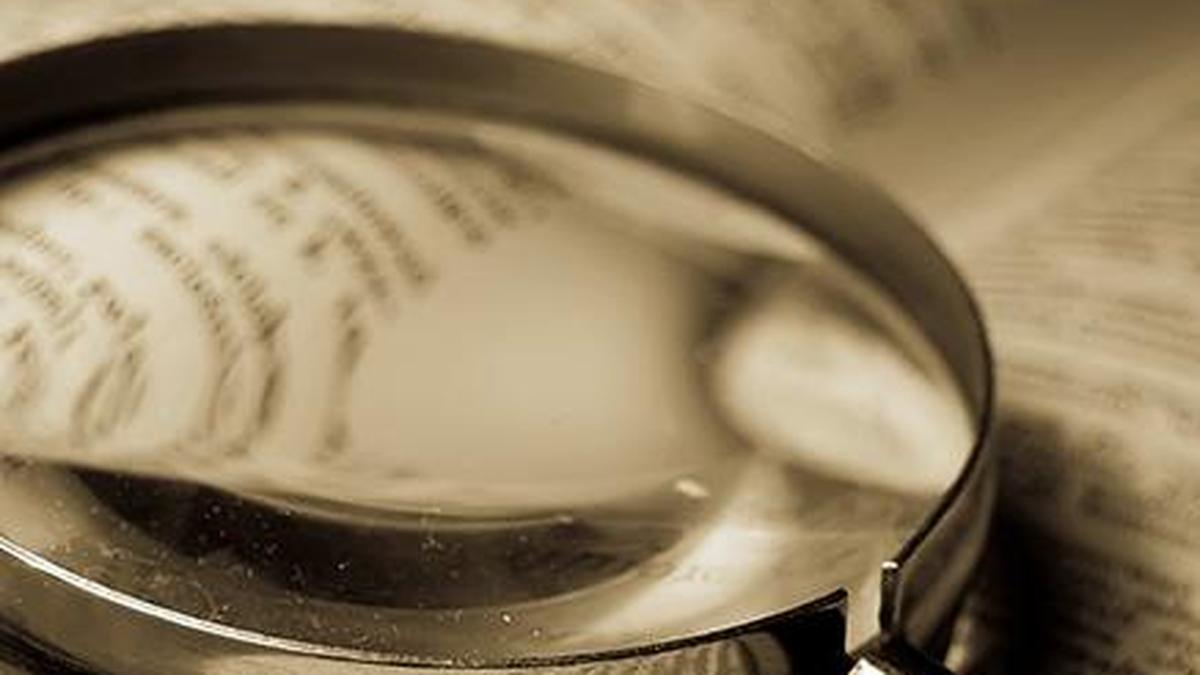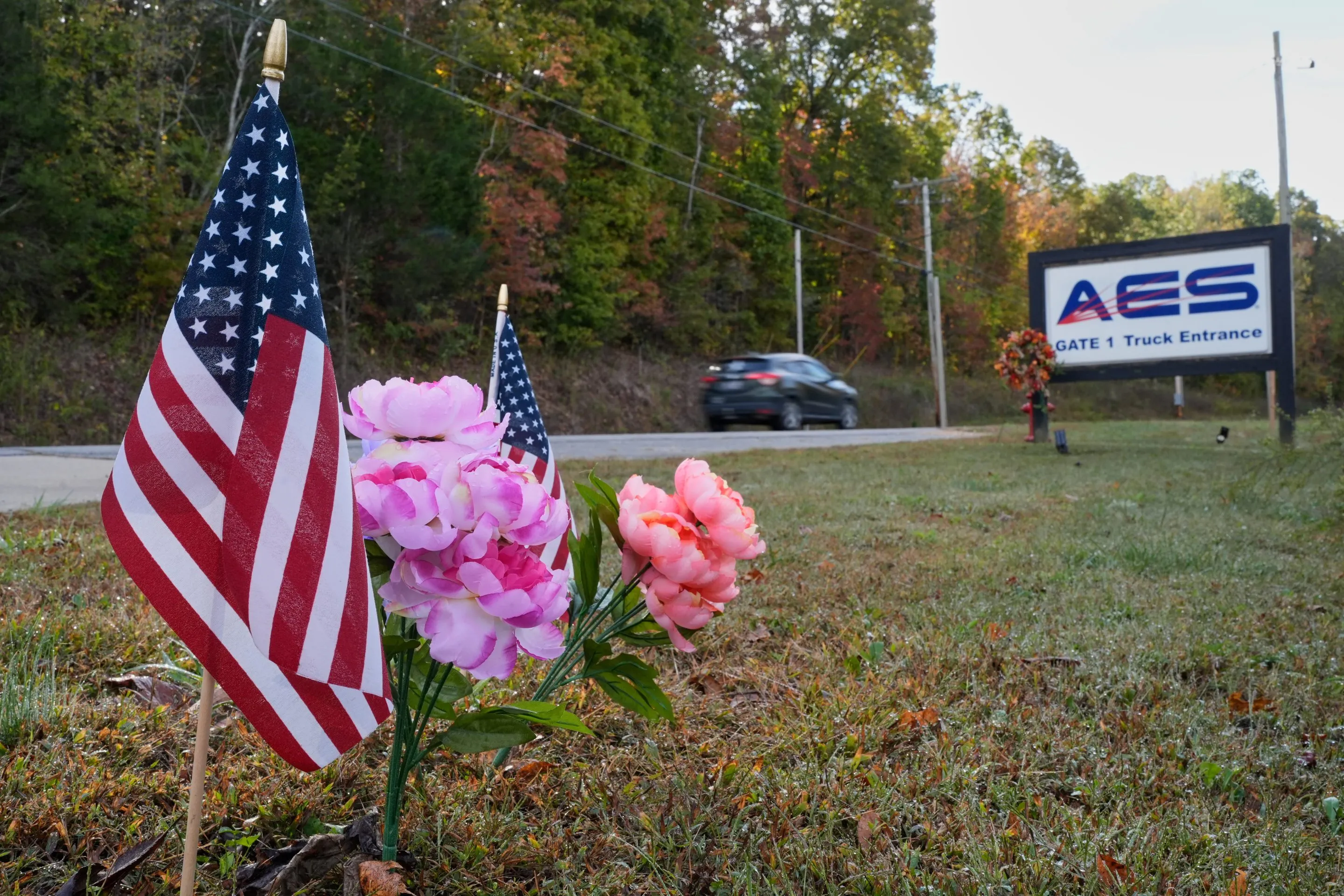Copyright thehindu

I must warn you upfront that this article is somewhat rambling but that is also how my research is taking me. Recently there has been a debate on the etymology of certain cuss words – don’t worry, these are not the kind that will make the respectable readership of the newspaper censoriously raise its collective eyebrow. I allude to the word Dangamari, which was made popular in a film song not so long ago. I found that it was closely aligned with the etymology of Kepumari, another common Madras Bhashai word. The present, and wholly erroneous explanation of the latter is that they went about cutting the capes that the English people wore. On the other hand, Kepus were a community of Andhra that got listed by the British in their notorious list of criminal tribes, which they put together in 1871. And just like that, entire communities were branded criminal and brought under the suspicious gaze of the police and often their torture as well. The question that many asked on seeing my explanation was whether I was toeing the line of present revisionist history that attributes the caste system to the British. Nothing can be farther from the truth than that. The caste classification was an evil from ancient times, and the Criminal Tribes Act only added to it. And the British need to be squarely blamed for it. What followed was a tragedy of great proportions. As P. Samuel Jonathan writes in The Hindu dated November 25, 2017, the Erukala community was yet another victim of this new classification. They had once been employed in transport of goods, particularly grain and salt, but when the railways came, they were jobless. Housebreaking was the only option available to keep the home fires burning. Later, lack of irrigation and job opportunities forced them continue the same way. Curiously, the Kepumaris too seem to have been victims of the railways though it is not clear as to how they were affected. But breaking into trains was what they were accused of as an entire community. Coming to the donga-s – as many as eleven communities used this word as a prefix. Which one of these were the Dongamaris is not certain but what is for sure is that all eleven were branded criminal tribes. The list of such tribes, all of them de-notified post-Independence is available by State in the public domain, and Andhra Pradesh and Tamil Nadu share quite a few. These communities seem to have been nomadic and wandered all around Madras Presidency. The closing years of the 18th and the early years of the 19th centuries were very hard on them. And that is when most took to crime. Modern attitudes at least seem more sympathetic. Harking back to Samuel Jonathan, I was left thinking about the Carnatic music connection with the Erukalas. Today the raga is known as Yadukula Kamboji and is considered a core classical melody. Many are the great compositions in it. Till the 19th century, however, it was known as Erukala Kamboji and in the Muthuswami Dikshitar school, it was known as such and considered to be of folk origin. How it left behind its Erukala background is a mystery. Or was it a clever renaming attempt late in the 19th century to distance the raga from its ‘criminal’ connotations? It must be noted here that another Kamboji, also with tribal connections, is Chenchu Kamboji. That was never renamed, probably because that community was associated with Lord Narasimha. I have not yet come to mollamari but will soon do so. (Sriram V. is a writer and historian.)



